Exploring Festivals and Traditions Across Spanish-Speaking Countries
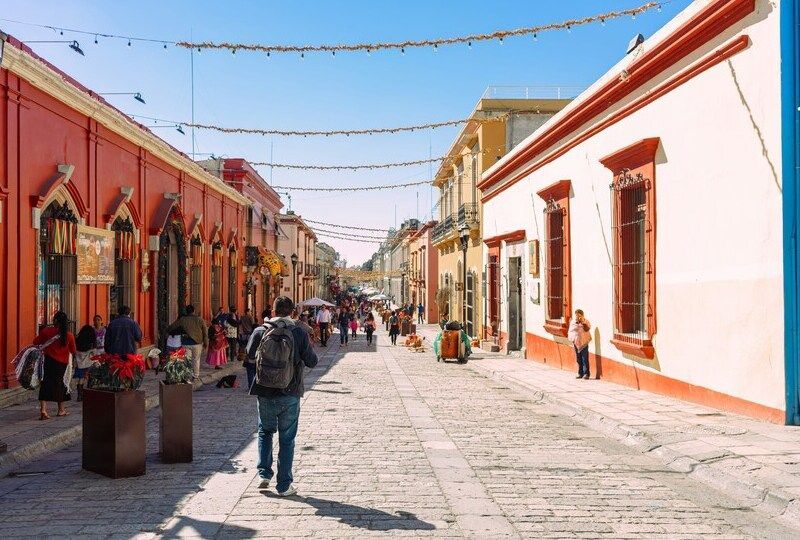
Festivals and traditions hold a significant place in the hearts of those living in Spanish-speaking countries. These vibrant celebrations not only mark cultural milestones but also provide an excellent opportunity for language practice and immersion. Let's delve into some of the most captivating festivals across the Spanish-speaking world and discover the richness of their cultural tapestry.
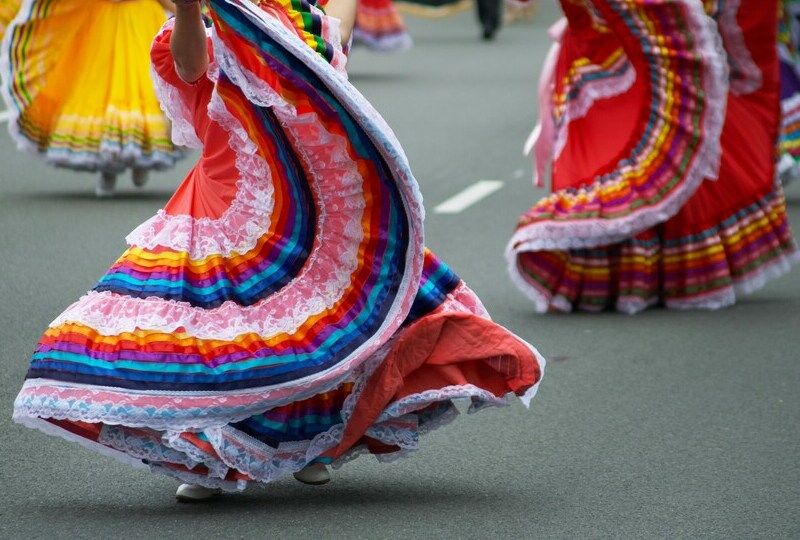
La Guelaguetza, Oaxaca, Mexico
La Guelaguetza, an indigenous cultural festival celebrated in Oaxaca, Mexico, is a splendid showcase of vibrant traditions. Rooted deeply in Zapotec and Mixtec cultures, this festival embodies the spirit of unity and gratitude. The name originates from the word "guendaliza," which has been translated to mean "brotherhood" or "offering." In Mexico, Guelaguetza represents the communal spirit of indigenous communities.
The festival typically takes place in July and attracts visitors from around the globe. Its main events include traditional dances performed by local communities, each with its unique attire and choreography. Among the most iconic dances are the Jarabe Mixteco, Dance of the Feather, and the Pineapple Dance. These performances not only mesmerize spectators with their rhythmic beats and colorful costumes but also serve as a testament to the enduring heritage of indigenous cultures in Mexico.
Moreover, La Guelaguetza is a culinary delight, featuring an array of traditional dishes such as tlayudas, mole, and tejate. Visitors can indulge in the flavors of Oaxacan cuisine while immersing themselves in the festive atmosphere of the event.
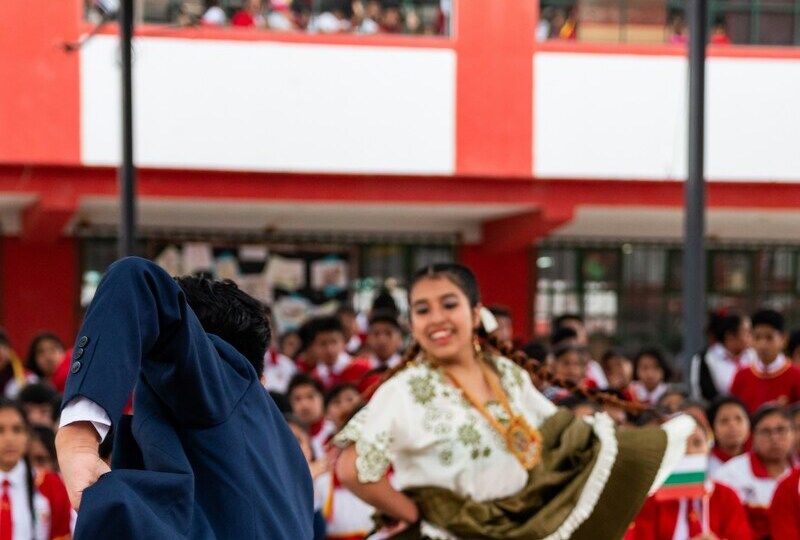
El Inti Raymi, Cusco Peru
Step into the heart of Cusco, Peru, and witness the awe-inspiring spectacle of El Inti Raymi. This ancient Incan festival, dedicated to the Sun God, Inti, offers a glimpse into the spiritual beliefs of the Andean people. Originally celebrated by the Inca civilization, El Inti Raymi was later banned by Spanish colonizers but revived in the 20th century as a symbol of indigenous pride and cultural resurgence.
The festival typically takes place on June 24th, coinciding with the winter solstice in the Southern Hemisphere. It begins with a ceremonial procession from the Qorikancha, the Temple of the Sun, to the fortress of Saksayhuamán. Here, amidst the backdrop of ancient ruins and majestic mountains, attendees witness ritualistic performances, including traditional dances, music, and theatrical reenactments of Incan ceremonies.
El Inti Raymi is not only a celebration of Incan heritage but also a testament to the resilience of indigenous communities in the face of colonial oppression. Through its vibrant rituals and cultural expressions, the festival continues to foster a sense of pride and identity among the people of Cusco and beyond.
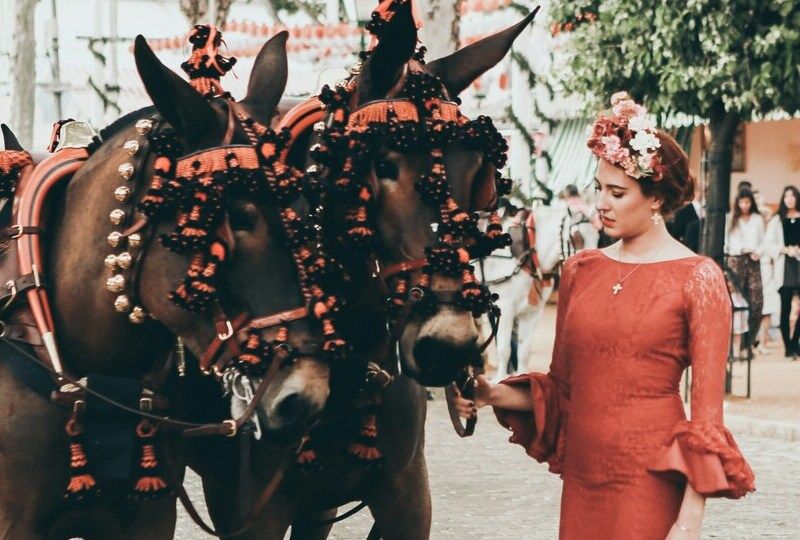
La Feria de Abril, Sevilla, Spain
Experience the vivacious energy of La Feria de Abril in the sun-kissed streets of Seville, Spain. This week-long extravaganza, originating in the 19th century, is a celebration of Andalusian culture and flamenco flair. Rooted in the agricultural fairs of southern Spain, La Feria de Abril has evolved into one of the most iconic festivals in the country, attracting visitors from around the world.
The festivities kick off with the alumbrado, or lighting ceremony, where thousands of colorful lightbulbs illuminate the fairgrounds, transforming Seville into a dazzling spectacle of lights and colors. Throughout the week, attendees indulge in traditional Andalusian cuisine, including tapas, paella, and pescaíto frito, while enjoying lively music and dance performances in casetas, or decorated marquees.
One of the highlights of La Feria de Abril is the traditional Sevillanas dance, a spirited and flirtatious dance performed in pairs to the rhythm of Spanish guitar and castanets. Whether it's the swirling skirts of flamenco dancers or the aroma of sizzling churros in the air, La Feria de Abril offers an immersive experience into the vibrant culture of southern Spain.

La Diablada, Oruro, Bolivia
Venture into the highlands of Oruro, Bolivia, and immerse yourself in the mystique of La Diablada. This captivating festival, blending indigenous Andean traditions with Catholic influences, is a mesmerizing spectacle of color and folklore. As masked dancers parade through the streets, depicting the eternal battle between good and evil, visitors have the opportunity to practice Spanish while delving into Bolivian culture.
La Diablada, which translates to "Dance of the Devils," is celebrated during the Carnival of Oruro, one of the largest and most renowned festivals in Bolivia. Its origins can be traced back to pre-Columbian times when indigenous communities worshipped the god Tiw, the patron deity of miners. With the arrival of Catholicism, the festival was assimilated into Christian traditions, incorporating elements of Catholic liturgy and folklore.
The highlight of La Diablada is the elaborate costumes worn by participants, adorned with colorful masks and intricate designs representing demons, angels, and mythical creatures. Accompanied by traditional music and ceremonial rituals, the parade evokes a sense of mysticism and reverence, inviting spectators to witness the age-old customs of Andean culture.
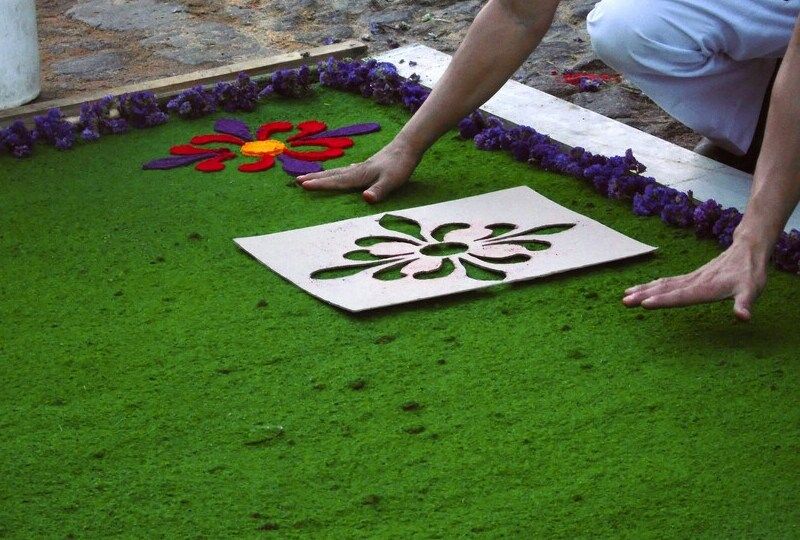
La Semana Santa, Antigua, Guatemala
Antigua, Guatemala comes alive during La Semana Santa, offering a profound insight into the religious fervor of the region. This Holy Week celebration is marked by solemn processions, intricate alfombras (carpets) made from colored sawdust and flowers, and poignant reenactments of biblical scenes. It's an opportunity not only to witness profound religious devotion but also to engage with the local community and practice Spanish.
La Semana Santa, or Holy Week, holds special significance in Guatemala, where it is observed with deep reverence and solemnity. The streets of Antigua are transformed into a tapestry of vibrant colors and fragrant flowers as residents meticulously create alfombras, or carpets, along the procession route. These ephemeral artworks, crafted with intricate designs and religious symbols, serve as a visual representation of the Passion of Christ.
Throughout the week, solemn processions wind their way through the cobblestone streets of Antigua, with participants carrying ornate floats depicting scenes from the life of Jesus Christ. Amidst the somber atmosphere, the sound of mournful music fills the air, punctuated by the rhythmic beat of drums and the solemn tolling of church bells.
For visitors, La Semana Santa offers a unique opportunity to witness the intersection of faith, tradition, and community in Guatemala. By immersing themselves in the cultural rituals and religious customs of Holy Week, travelers can gain a deeper understanding of Guatemalan heritage and practice their Spanish language skills in an authentic setting.
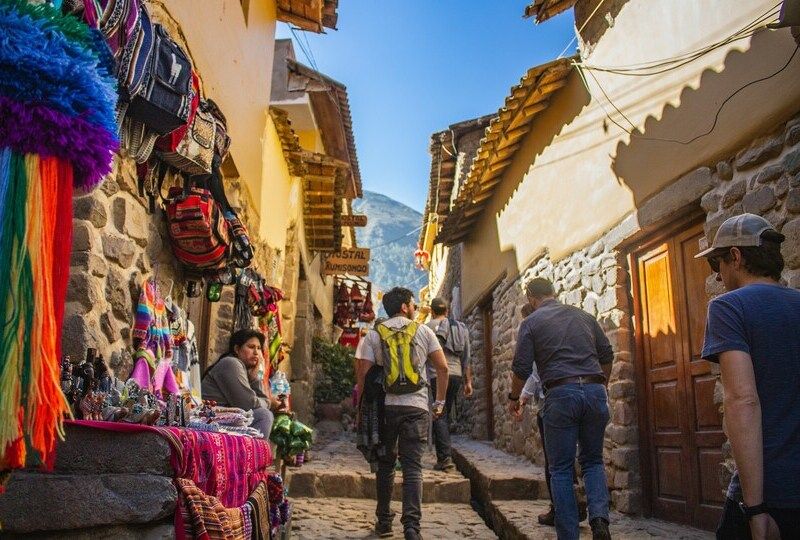
Conclusion
As we traverse the diverse landscapes of Spanish-speaking countries, we encounter a kaleidoscope of traditions and festivals, each offering a unique window into the culture and heritage of its people. Whether it's the rhythmic beats of La Guelaguetza or the solemn processions of La Semana Santa, these celebrations beckon us to embrace the richness of cultural immersion.
For language learners, festivals provide an invaluable opportunity to practice Spanish in authentic settings and deepen their understanding of the language. By engaging with local communities, sampling traditional cuisine, and participating in cultural activities, travelers can enrich their language learning journey and forge meaningful connections with Spanish-speaking cultures.
So, as you embark on your language learning journey, remember to seek out these immersive experiences, whether they take place abroad or you find a Latin inspired festival in your own area of the world. Plenty of cities hold festivals for Latin culture, film, food, and more, so get out there and find something that calls to you. Let the vibrant spirit of Spanish festivals ignite your passion for language and culture.